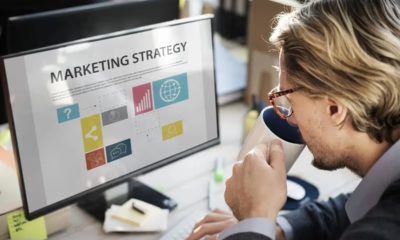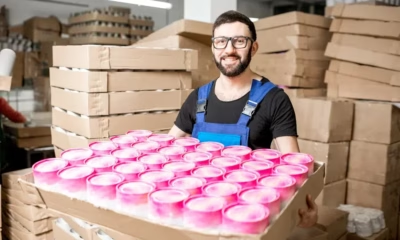Consumer Trends
Do Weight Loss Drugs Impact Grocery Sales?

New reports from Cornell University and Circana reveal how GLP-1 medications, such as Wegovy and Ozempic, are influencing consumer spending patterns and food retail behavior, highlighting both opportunities and challenges for the grocery industry.
Key Findings from the Cornell University Study
- Decline in Grocery Spending
- GLP-1 users cut their grocery spending by 6% in the first few months of using the medication, equating to a $416 annual decrease.
- For higher-income households (earning over $125,000), this reduction is more pronounced, with a 9% decrease, translating to a $690 annual cut.
- Spending Patterns
- There is a notable reduction in spending on craving-driven categories like salty snacks and baked goods.
- Despite these cuts, there is no significant increase in spending on healthier items like produce or whole grains, except among weight-loss users, who show a modest increase in spending on fresh produce and yogurt.
- Primary dietary change: Users cut back on high-calorie items, leading to a healthier grocery basket by composition, though without a significant increase in healthy items.
- Long-Term Effects
- While the initial spending decline is significant, it diminishes after six months, though the reduction in food spending remains statistically significant.
Circana’s Insights on GLP-1 Impact
- Initial and Long-Term Spending Trends
- Circana’s report also highlights that food and beverage purchases decrease in the first few months of GLP-1 use but return closer to baseline levels by the end of the first year.
- Shifts Toward Health-Conscious Purchases
- Users are spending more on foods supporting their new lifestyle, such as eggs, nuts, and vegetables.
- There is a decline in spending on fatty proteins, spicy foods, and sugary beverages.
- Growth Opportunities for Health-Related Products
- Ready-to-eat meals, portion-controlled snacks, and high-protein foods are likely to see growth due to the increasing number of GLP-1 users.
- Other categories, such as beauty, wellness, and pharmaceutical products, may also experience a boost due to the health-conscious focus of consumers on weight loss medications.
Implications for the Grocery and CPG Industries
- Opportunities: Companies can capitalize on the shift towards healthier food options, such as protein-rich foods, ready-to-eat meals, and portion-controlled snacks. There’s also potential growth in beauty, wellness, and pharmaceutical products catering to consumers on weight-loss medications.
- Challenges: Grocers and CPG companies need to adapt to changing consumer spending patterns, particularly in categories like snacks and sugary drinks. A strategic focus on health-focused products and services will be essential for long-term growth.
Conclusion
The rise of GLP-1 medications has significantly altered grocery shopping habits, leading to a decline in overall food spending, especially in indulgent categories. However, this trend presents an opportunity for brands to pivot toward healthier food and wellness products, catering to the growing number of consumers adopting these medications for weight loss.
for more Pharmacy updates, click here!
Continue Reading





















